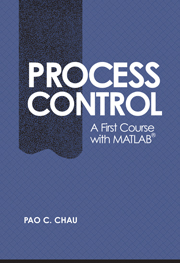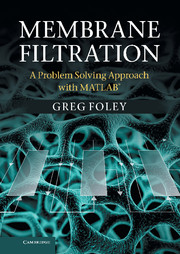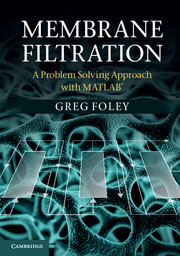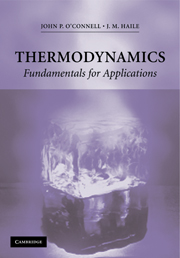Principles of Chemical Separations with Environmental Applications
This introduction to chemical separations technology presents the chemical and/or physical basis of different techniques and explains how to evaluate them for design and analysis. Chemical separations are of central importance in many areas of environmental science, whether it is cleaning up polluted water or soil, the treatment of discharge streams from chemical processes, or modification of a specific process to decrease its environmental impact. This textbook is suitable for undergraduate and graduate students taking courses on environmental separations or environmental engineering. Many worked examples and over 100 homework problems are key highlights.
- Discusses selection criteria for various separation technologies
- Covers necessary physical and chemical background material to get readers up to speed
- Includes a chapter on membrane separations
Reviews & endorsements
"The authors discuss separation technology, how property differences are used to generate separations, and which separating agents to use." Environmental Science & Technology
Product details
March 2011Adobe eBook Reader
9780511839887
0 pages
0kg
22 tables 115 exercises
This ISBN is for an eBook version which is distributed on our behalf by a third party.
Table of Contents
- 1. Introduction
- 2. Separations as unit operations
- 3. Separations analysis fundamentals
- 4. Distillation
- 5. Extraction
- 6. Absorption and stripping
- 7. Adsorption
- 8. Ion exchange
- 9. Membranes
- Appendices.






